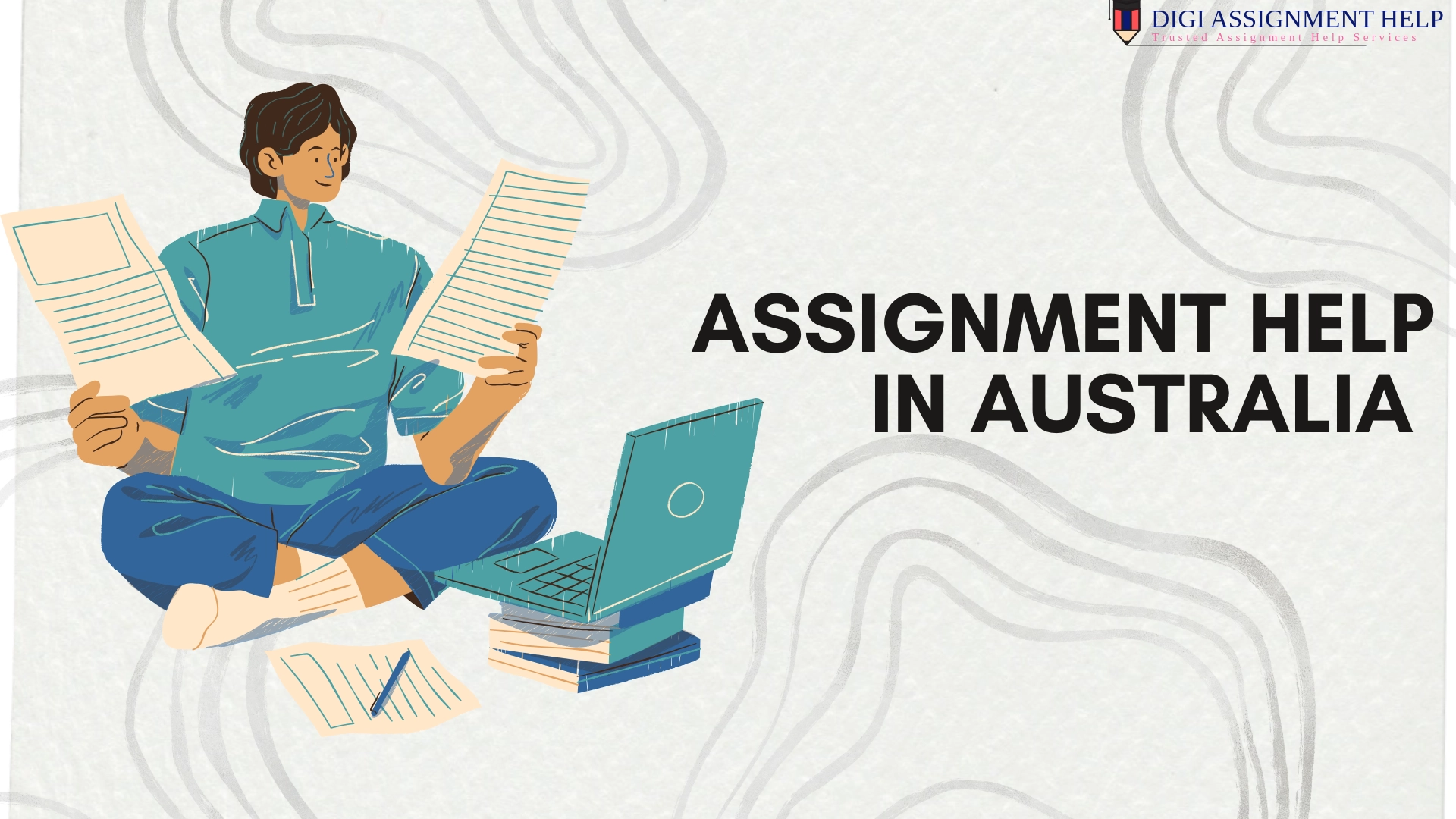How Do You Write A Business Report ?
 12-Sep-2024 11:51 AM
12-Sep-2024 11:51 AM

A business report is a structured document that offers data, analysis, and suggestions. It is a valuable skill for management and business studies students to learn. They are often required to write business reports for many case studies they do. In a corporate setting, a business report assists organisations in making rational choices.
A well-written business report should be focused, clear, and brief. It comes in handy for both internal use and external stakeholders. Hence, learning is an essential process. It comes in handy for both university students and in professional life. This is a guide on writing a business report that works well in an Australian professional setting.
1. Identify the Objective and Target Audience
Before starting writing the report, determine whom you are writing for. Hence figure out the readers and its objective. The goal could be to solve an issue, assess performance, or make recommendations. Your audience could be clients, investors, or managers. Your audience determines the language you use, the scope of your analysis, and the suggestions you offer.
For example:
Purpose: To assess the success of launching a new product line.
Audience: Senior management needs actionable suggestions.
2. Structure of Business Reports
A business report is used in corporate hence it requires a structured framework. This ensures that the data is simple to comprehend and follow.
a. A title page
It is the first page which contains the basic information like:
The report's title.
The submission date.
Title of work and name of author.
The name of the organisation.
b. Executive Summary:
This is the most important part of the document. All The main conclusions and suggestions of the paper are presented briefly in this section. Write this part last to make sure it properly highlights the report's contents. Don't keep the text very long. It should usually be no more than a page. The aim is to inform the readers about the purpose in an informative and brief manner.
c. Introduction:
This section gives a summary of the report's goals. It provides some background knowledge and describes the study's variables. It should also include a summary of the primary goals of the organisation.
d. Methodology:
This section talks about the methods used to collect data. It could be surveys, market searches, interviews or analysis. This section explains the basis of your findings.
e. Findings:
The section consists of the main data and results. It provides credibility to the paper. To convey information, you can use tables, graphs, or bullet points. Make sure your findings are arranged logically. For example, you can first mention the important details and then cover the smaller topics.
f. Discussion:
This portion discusses the various findings. Examine the effects of your analysis and talk about any possible limitations. You should also explain the significance of the results. The outcomes can also be compared with other studies or industry standards.
g. Recommendations:
This part provides specific actions that the companies or individuals can take. They are based on the findings and discussion. Suggestions must be reasonable and supported by the data at hand. They should also be consistent with the objectives of the company.
h. Conclusion:
Repeat the primary ideas and highlight the paper's important findings. The conclusion should leave the reader with a clear understanding. It helps to analyse the next steps or decisions to be made.
i. Appendices (Optional)
This is entirely optional. If you have used documents, charts or raw data then you can include them in this section. It will allow the reader to delve into details and won't make the main report messy.
3. Writing Tone and Style
-
Be Brief and Clear: It should be simple to read and comprehend. Make use of clear, basic language and stay away from needless jargon. Make every sentence as clear as possible. This will make the text skimmable.
-
Make Use of Headings and Subheadings: The report is easier to read when the text is broken up with headings and subheadings. If it is all put together in a para or block it can seem tedious to read it. Also categorising the material will assist the reader to spot the information quickly.
-
Objective and Impartial Tone: Keep the document's tone professional at all times. Make sure that every analysis and suggestion is supported by facts and figures. Avoid using any personal opinions if there are no facts to support it.
-
Active Voice: For clarity, use the active voice. It helps to keep the text brief and accurate.
4. Formatting Guidelines
a. Use visuals
You use tables, graphs, or charts to display the facts. They help to divide the Large sections of text. It makes the material easier to understand. Include a title and a textual reference with every graph.
b. Consistent Formatting:
Keep the report's format consistent throughout. Standard fonts in 12-point size, such as Times New Roman or Arial can be used. Make sure the spacing and margins are uniform.
c. Proofread:
Errors can undermine the professionalism of your document. Before submitting, carefully check for spelling, grammatical, and formatting mistakes.
5. Final Review
Before you submit the report, ensure that it :
- fulfils the demands and goals.
- is rational, succinct, and straightforward.
- provides accurate information and sound recommendations.
- adheres to guidelines or the standard template.
After a final review that it is consistent, you can submit the draft. If it consists of errors or grammatical mistakes it can lose credibility and undermine its importance.
In summary
A well-structured format, clarity, and attention to detail are necessary while writing a business report. You might struggle to navigate the writing process initially.
Our Digi Assignment Help experts are here to help you out with the whole writing process. You can produce a report that offers insightful analysis and practical suggestions. We help you to recognise the goal and target audience.
Our professionals adhere to a defined format and maintain a formal tone. A well-prepared business report is a crucial tool for making well-informed decisions.
They are important to stakeholders and also to the management. It is important to learn how to write it as early as possible. You have the support of all our team from the research till final review on this journey!
Top Blogs
|
What Is Capstone Project And Why It Is Important For Studies |
||
|
Moodle 4.1 At Monash University
|
||
|
Different Courses Offered At Holmes Institute Of Blackboard
|
||



























 +44 74 8881 8568
+44 74 8881 8568